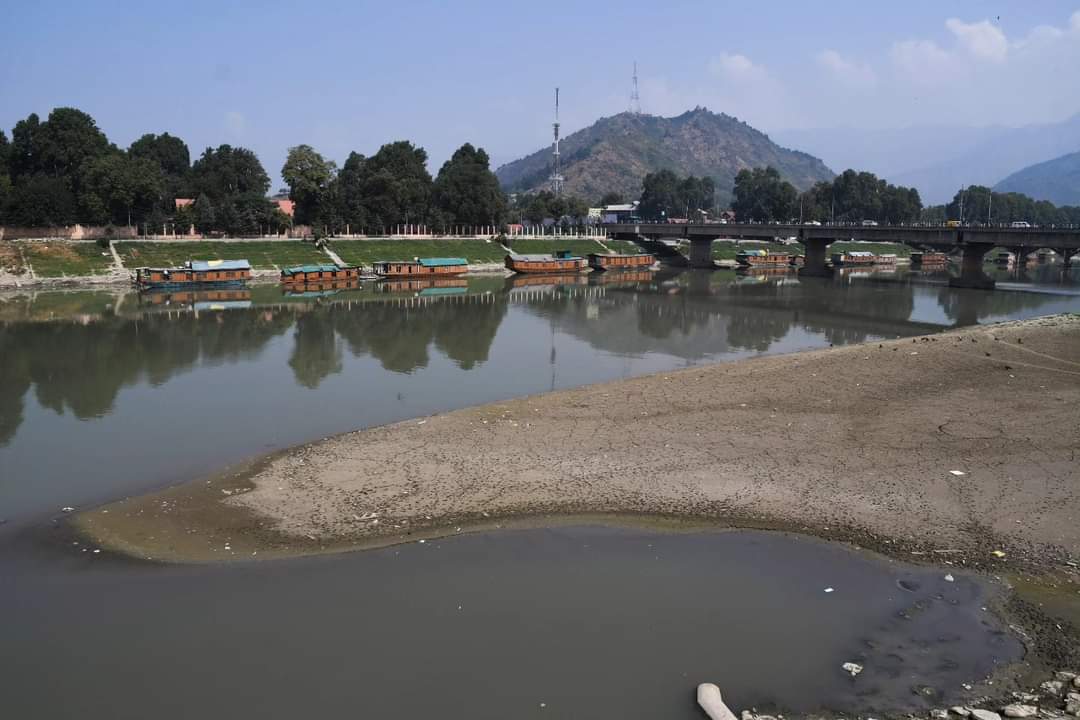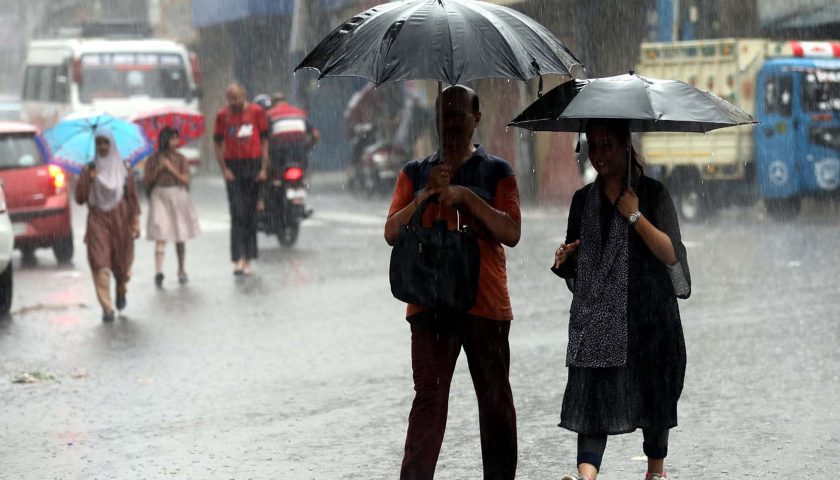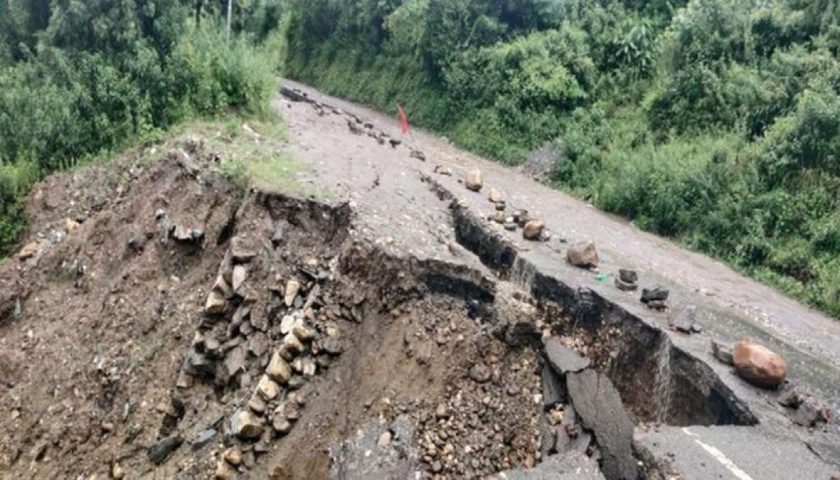Prolonged Dry Spell in Kashmir Leads to Electricity Woes
The picturesque region of Kashmir is renowned for its breathtaking natural beauty, with its abundant water bodies, lush green valleys, and towering Himalayan peaks. However, the past few months have brought about an unexpected challenge for the people of Kashmir – a prolonged dry spell that has significantly reduced the water levels in the region’s vital water bodies. This has led to a domino effect, impacting the generation of electricity and, consequently, causing power curtailment that’s affecting the daily lives of residents.
The Unusual Weather Patterns: August and September of 2023 in Kashmir were marked by an unusual weather pattern – a lack of rainfall that resulted in a significant deficit in the region’s water resources. Moreover, the months witnessed hot and humid weather conditions that persisted for weeks on end, breaking records that had stood for decades, particularly in September.
The Consequences of Low Water Levels: One of the most immediate consequences of this prolonged dry spell has been a notable reduction in water levels in Kashmir’s renowned water bodies, including the iconic river Jhelum, Chena, and Doodh Ganga, among others. As the water levels receded, the people of the region began to feel the pinch of water scarcity in their everyday lives.
Electricity Woes and Power Curtailment: However, the water scarcity isn’t the only challenge residents are facing. With the receding water levels, the local powerhouses that rely on these water bodies for hydroelectric power generation have also seen a significant drop in their electricity output. This, in turn, has prompted the local administration to implement power curtailment measures.
According to Javed Yousuf Dar, the Chief Engineer of the Kashmir Power Distribution Corporation Limited (KPDCL), the decision to curtail power was taken due to the reduced power generation capacity of the valley’s powerhouses, directly linked to the lower water levels in river Jhelum, Chenab, and other water bodies.
Adding to the complexity of the situation is the sudden drop in temperature. As the weather turned cooler, the demand for electricity surged. The increased demand, coupled with reduced supply due to less power generation, prompted the KPDCL to initiate power curtailment measures across the valley. Dar stated that they are attempting to minimize curtailment in areas where smart meters have been installed, in an effort to mitigate the impact on consumers.
Looking to the Future: The Chief Engineer also provided some hope for residents, noting that while electricity availability from outside the region remains limited, efforts are underway to source additional electricity. It is anticipated that in the coming days, the situation will improve.
A Record-Low in Water Levels: This crisis reached a startling low point two weeks ago when the water level in the Jhelum River hit a 70-year low. This situation serves as a stark reminder of the far-reaching impacts of climate change, and it underscores the importance of sustainable resource management in regions heavily dependent on natural resources.
A Glimmer of Hope: Finally, the prolonged dry spell came to an end with fresh snowfall in the upper reaches of Gulmarg and other areas, along with rains that lashed the plains across Jammu and Kashmir. While these weather events are typical for the region, the recent dry spell serves as a stark reminder of the challenges faced by regions that rely heavily on water resources for their energy needs.






